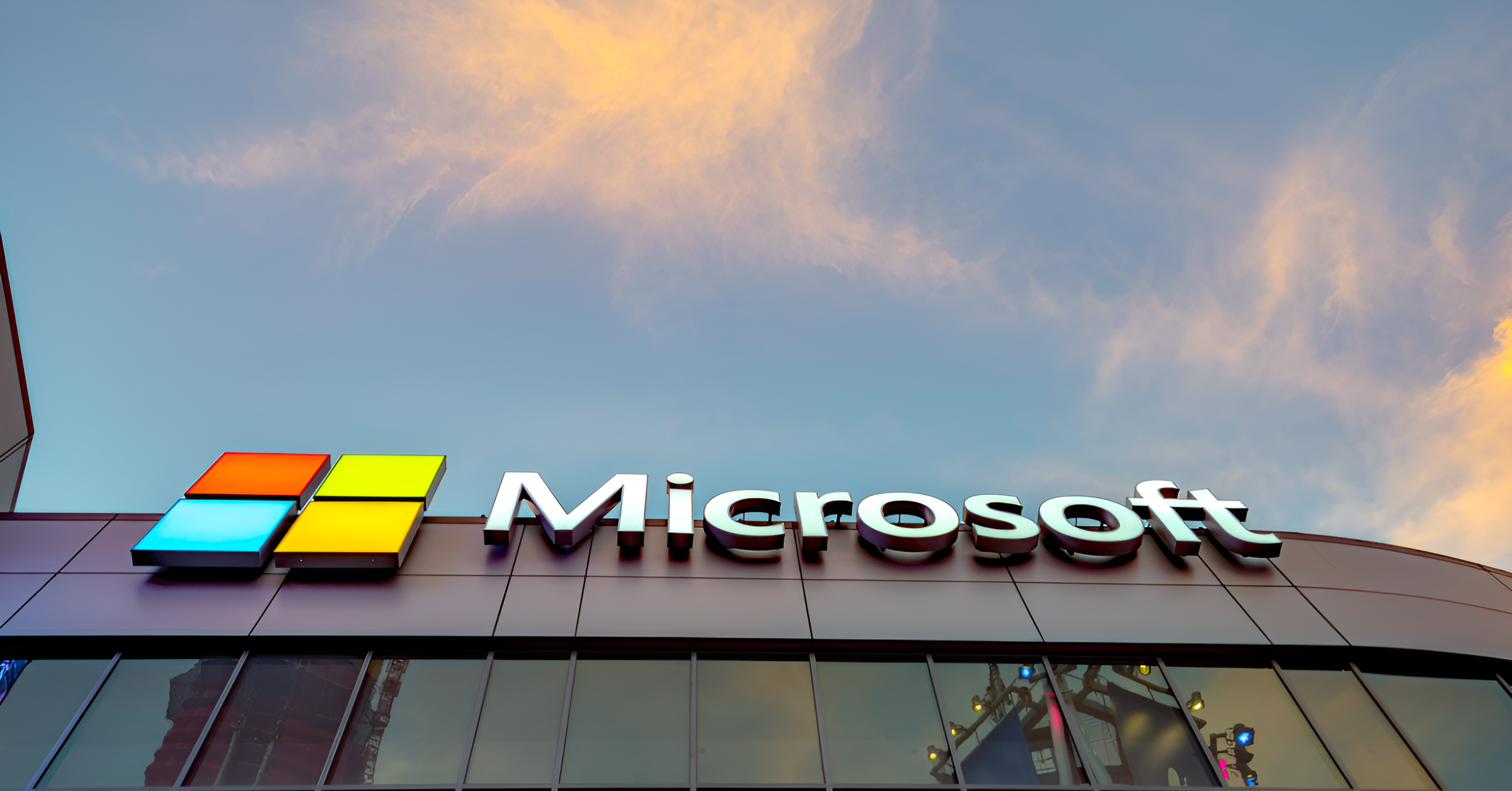
Windows 10 EoL is coming soon. Make sure you’re ready.
Some 400 million desktops and laptops are running Windows 10, or about 63% of desktop operating systems. More likely than not, pretty much every desktop in your organization uses it.
October 14, 2025. That’s when Microsoft will cease all support and security updates for Windows 10. Don’t be unprepared when it happens. If you haven’t started planning a disciplined, step-by-step upgrade to Windows 11 for your whole organization, start now.
Pitfalls to avoid
The biggest pitfall of all is running an unsupported OS. The security risks are immense. On May 14, 2025, Microsoft released updates to patch at least 70 vulnerabilities, including five that were already being actively exploited by cybercriminals. When the patches stop, you become a prime target for attacks.
In addition, you could easily fall out of compliance with cyber-insurance or regulatory requirements if you’re using unpatched software.
Now, if that deadline sneaks up on you, you do have the option of purchasing extended security updates from Microsoft, for now at least. But it isn't cheap. The first year it’s $61/device. But it doubles every year. By year 3, you’re paying $244/device.
Another major pitfall to avoid is trying to make the upgrade in a rush at the last minute. Windows 11 has new hardware requirements, so it’s quite possible you’ll need to replace some hardware, not just software.
And — as Microsoft recommends — you may take the opportunity to bite the bullet and replace all your devices with new machines that can take full advantage of Windows 11 graphics, AI and other capabilities.
But even upgrading an existing machine will be a time-consuming chore. This is a completely fresh OS build, not a service pack. You’re replacing the full image. Don’t expect to have it done over your lunch break.
Key steps to migration success
Start by conducting a complete hardware audit of your environment. Figure out which machines you have to replace, which you may choose to replace, and which you’ll be keeping.
Next is a software audit. Are there any apps you depend on that don’t behave well in Windows 11? Will they be updated, or do you need to consider alternatives?
Make sure your user profiles and data are stored safely and are ready to be transitioned.
Plan out a timeline that makes sense for your organization. That will depend on many factors, including your size, whether you’re on-prem, remote, or hybrid, how sophisticated your users are, and more. Include plenty of time for thorough testing beforehand.
Communicate your plan to everyone well in advance. Recall that even with plenty of advance communication and training, users will need extra post-upgrade support and training to navigate the new quirks and capabilities in Windows 11.
Needless to say (I hope), once the upgrade is complete, make sure every device is getting all regular updates and security patches provided by Microsoft. In today’s sophisticated and fast-moving threat landscape, any unpatched vulnerability is a potential disaster.

The Ransomware Insights Report 2025
Key findings about the experience and impact of ransomware on organizations worldwide
Subscribe to the Barracuda Blog.
Sign up to receive threat spotlights, industry commentary, and more.

Managed Vulnerability Security: Faster remediation, fewer risks, easier compliance
See how easy it can be to find the vulnerabilities cybercriminals want to exploit

